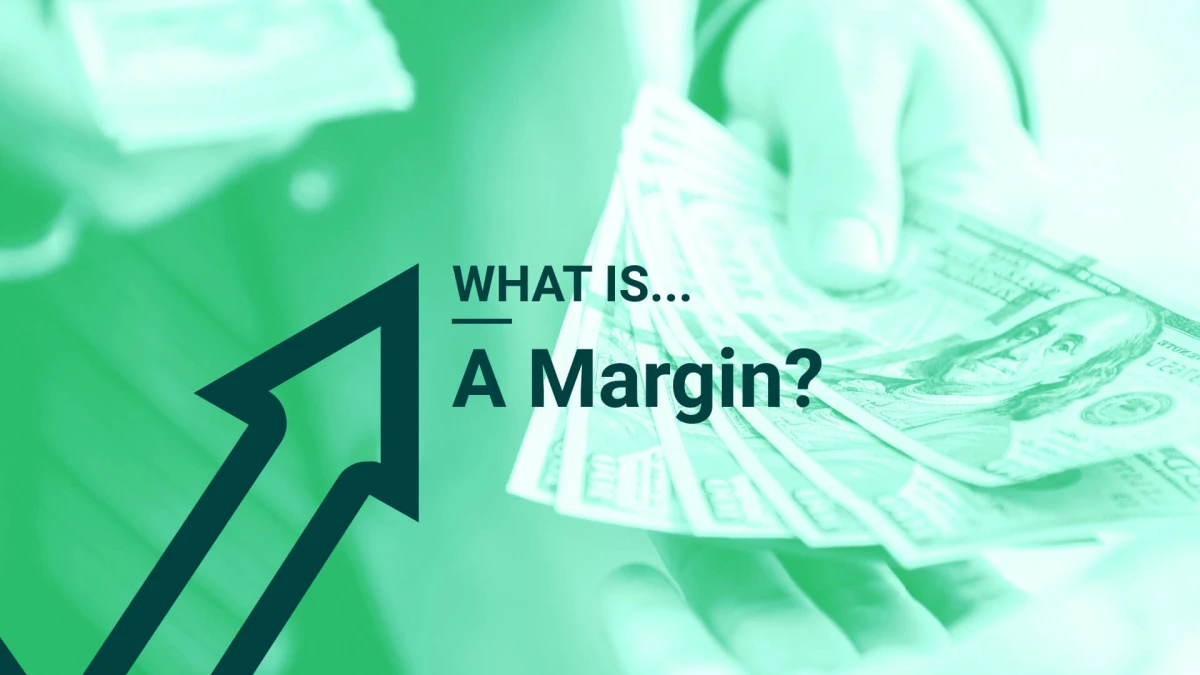In investments, a margin refers to a sum of money borrowed from a broker to buy an investment. It is the difference between the total value of the investment and the amount borrowed. Investors buy on margin when they purchase an asset that is paid for by borrowing the funds from a broker.
The initial payment made to the broker for the asset is known as buying on margin, marginable securities in the investor’s brokerage account are then used as collateral against the loan.
#How margin works
To be able to margin or buy on margin, investors are required to have a margin account rather than a standard brokerage account. Although a margin account is a type of brokerage account, it differs in that the broker loans the investor the funds they need to buy more securities.
Without the loan, the investor would not be able to afford the assets and could miss out on lucrative opportunities. The investor then uses securities in their brokerage account as collateral against the loan and they are also liable to pay interest on the loan.
When an investor buys on margin, they are using leverage which can magnify losses and gains. This can make buying on margin investments more exposed to risk, as the losses could be greater. But margin investing can also be very lucrative when an investor earns a greater rate of return on the investment than they are paying in interest on the loan.
In order to open a margin account, the investor will need to make an initial investment of at least $2000. This deposit is known as the minimum margin and can be higher with some brokerages. Once the account is set up, the investor can borrow up to 50% of the purchase price of a stock, for example, they could margin 20% or 10% or any amount up to 50%.
Let’s say for example that an investor wants to margin 50% of a $4000 investment, they would be required to deposit $2000, known as the initial margin, and could then purchase the remaining $2000 on margin.
#What else do you need to know?
More buying power
Buying on margin can give investors more buying power meaning they can buy more stocks and potentially realize better gains. For example, if an investor deposits $5000 into their margin account they actually have $10000 worth of buying power.
Act on opportunities
Buying on margin also gives investors the funds they need to quickly act on opportunities in the market. For example, if the price of a stock were to crash or a new IPO come on the market, investors could buy more shares by buying on margin. Which could give them better gains in the future.
At risk of a margin call
A margin call is when a broker who has extended a margin loan to an investor sends a notice asking them to increase the amount of collateral in their margin account. Investors dread receiving a margin call as it can mean that they need to sell securities to raise the funds and may be selling them at an unfavorable price.
Interest rates may outweigh gains
Typically, investors buying on margin can expect to pay around 8% per year on the amount they borrow, although this can vary. If an investor doesn’t anticipate that they will make 8% per year, then investing with margin may not be a good idea.
